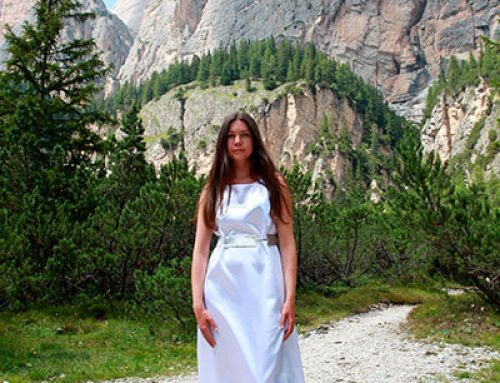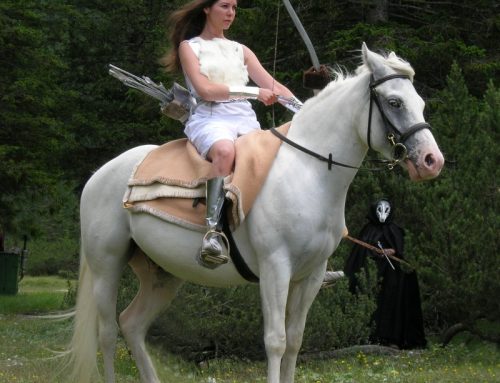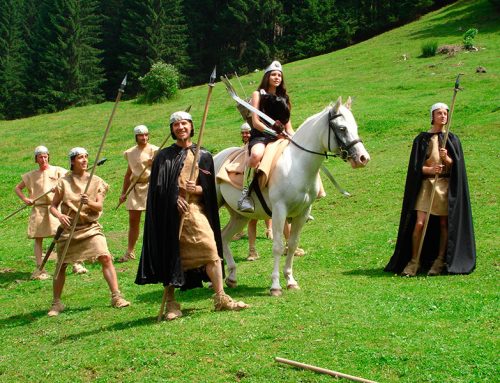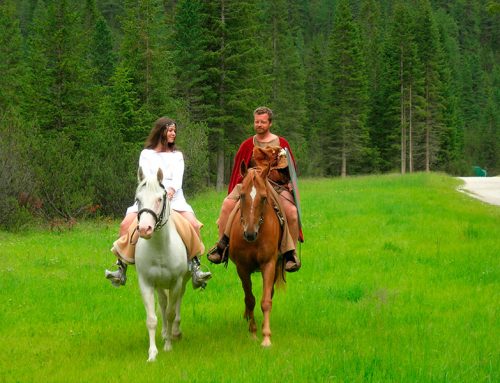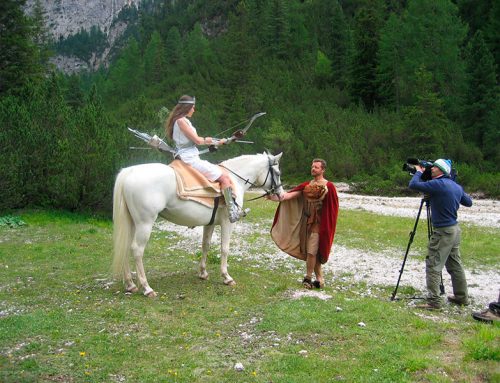Today Fanes is referred to a wonderful plateau surrounded by imposing mountains between Val Badia and Ampëz and is undoubtedly one of the most beloved walking routes by mountaineers. In the legend Fanes isn’t only referred to this area, but to a larger, not clearly defined one because of the many conquests achieved by the people living there, called Fanes too.
The film is based on the mythic tale in the tradition of the valleys Badia and Ampezzo, that is directly referred to the Reign of Fanes also from a geografic point of view.
The film has its roots in the classic version of the legend told in the Ladin folk tales and shows a symbolic-mystic revision mixed with realistic elements to achieve specific
dramaturgic aims. Moreover there is a particular accent on theatralicality of many characters.
The critical analysis of this very interesting legend focuses on the missing of direct written sources. In fact this legend was told orally for centuries and consequently got under the influence of various cultural elements, especially the influence of medieval courtly lyrics. Therefore studies on the legend are quite complicated as a direct philological analysis can’t be made because of the missing of written primary sources. Dealing with this tale isn’t possible without considering the various hypothesis expressed on it by different critics, conscious of being examining a legendary and not a historical plot.
The historical setting of the legend can vaguely be defined thanks to some significant elements in the plot. Many scholars think that the Fanes’ people correspond to rhaetian people in the pre-roman period, because of the presence of many pre-christian traditions and figures like the sorcerer Spina de Mul. During the period of the great migrations (IV.-V. century a. Ch.) the legend surely got in contact with foreign cultural influences, especially with German and Greek/Roman mythology, so that it is possible that elements of geographically very distant traditions flowed into the legend. In fact the legend can’t be set in a precise historical period.
Anyway the element of people’s descent from an animal -in this case the Fanes from the marmots- is extremely rare in Europe, except from medieval fantastic genealogies. Thus, in the heart of Europe there should have survived a cultural element out of primitive hunters’ people tradition.

